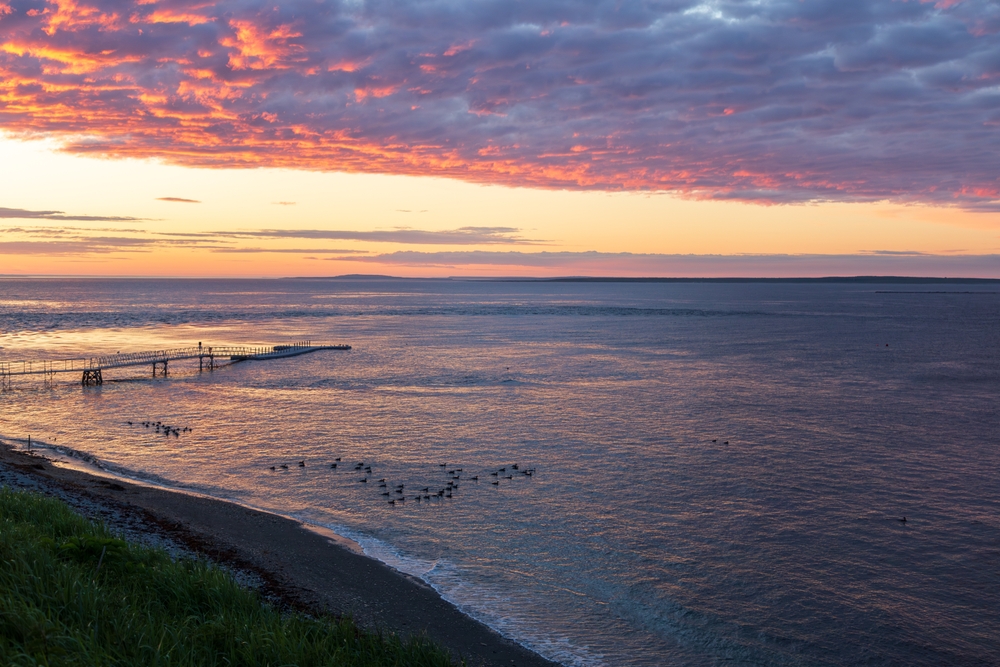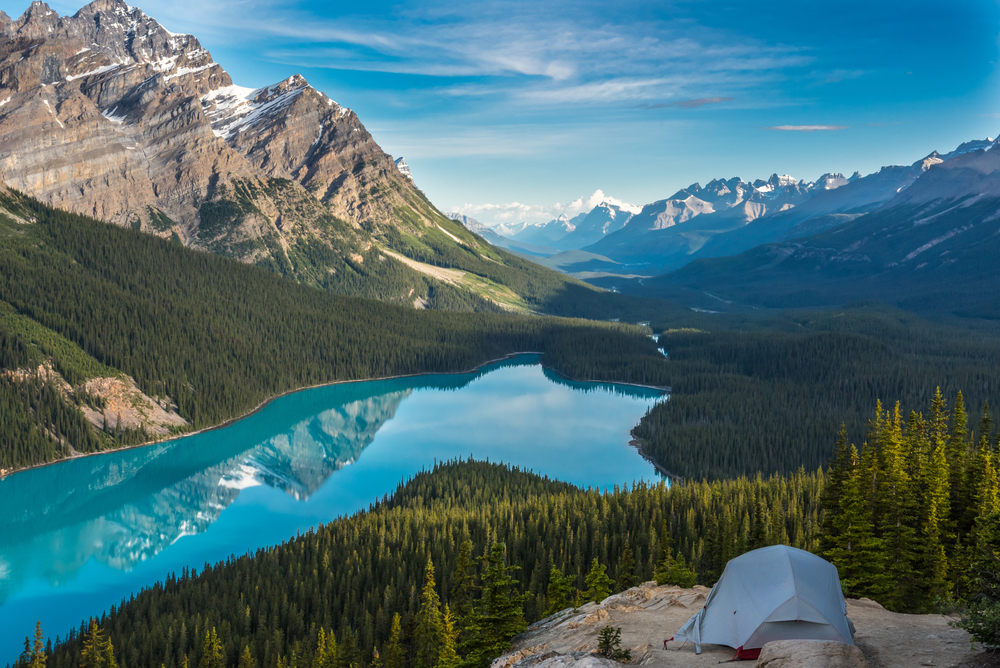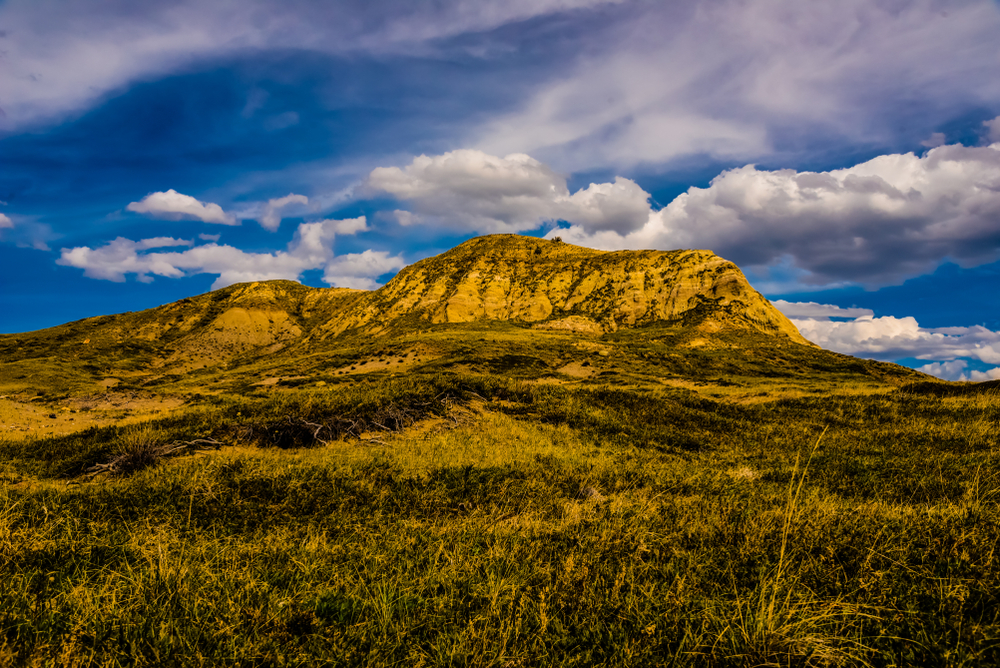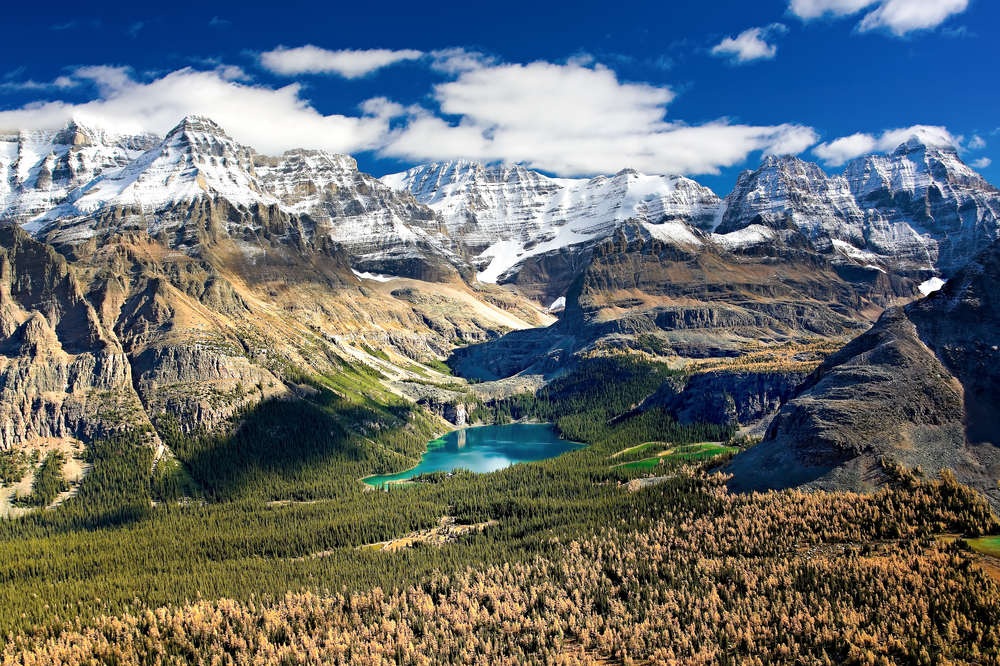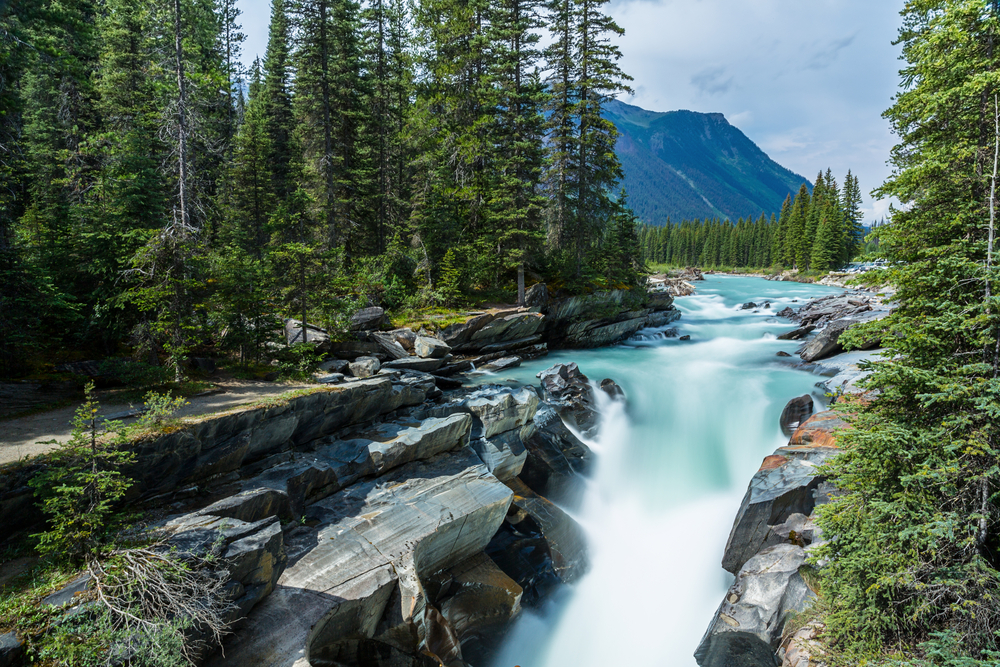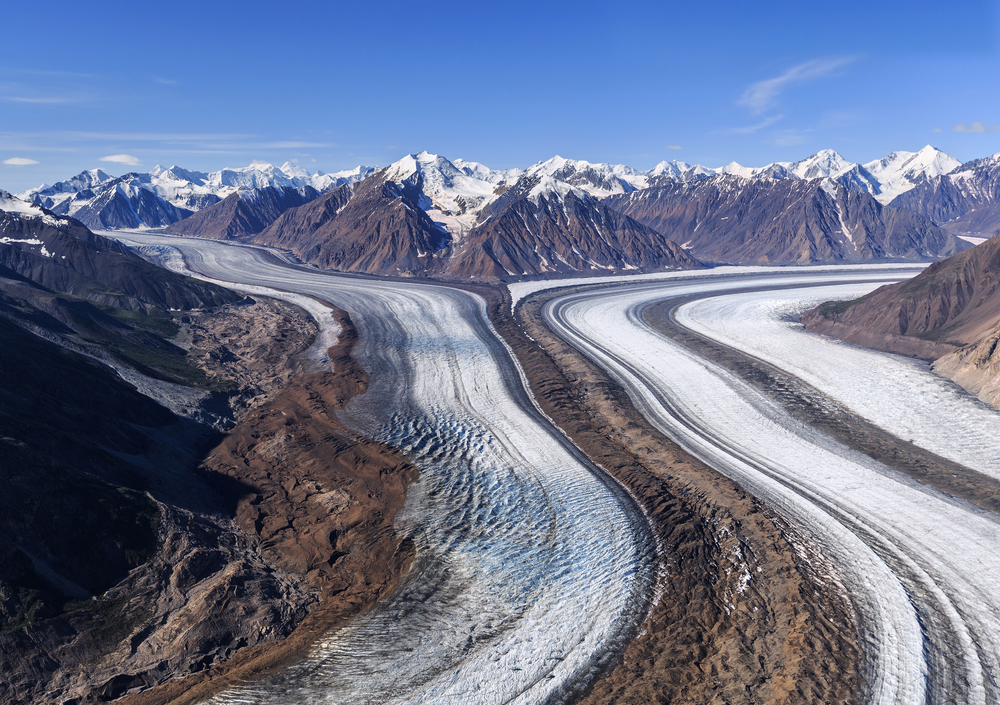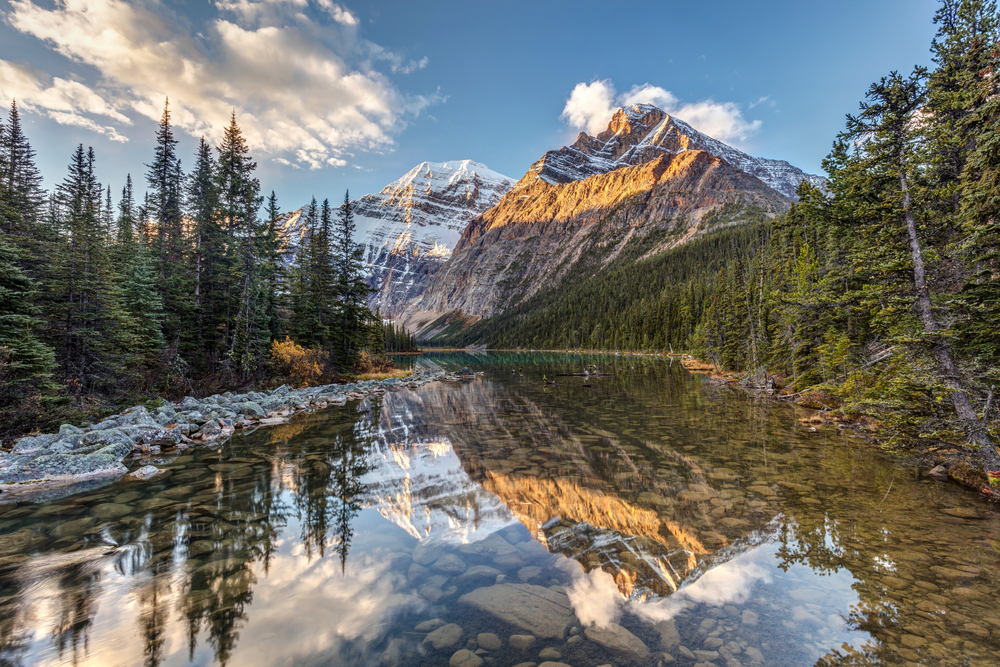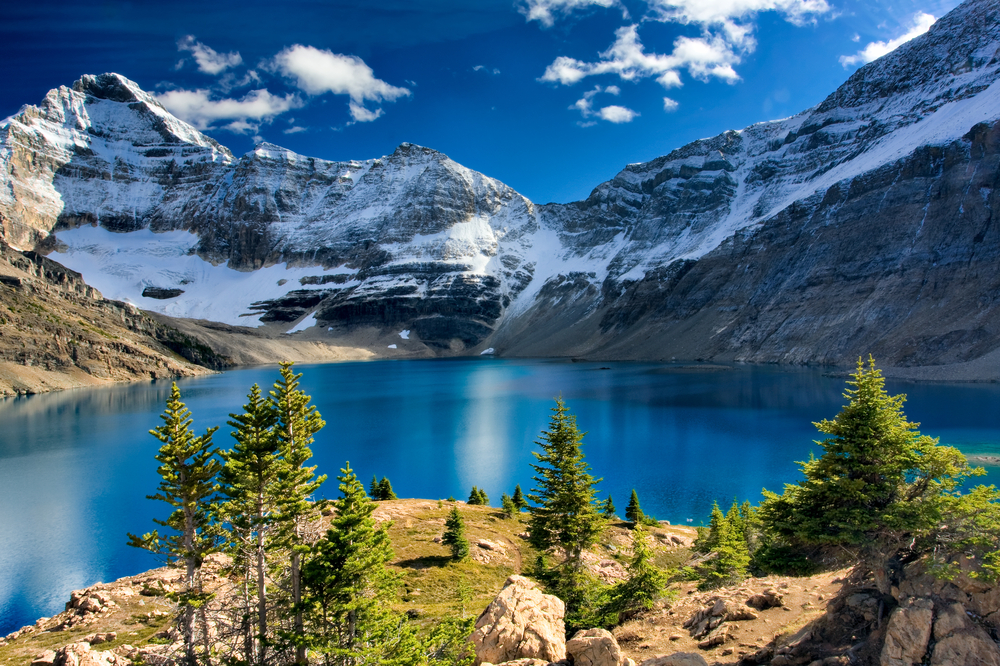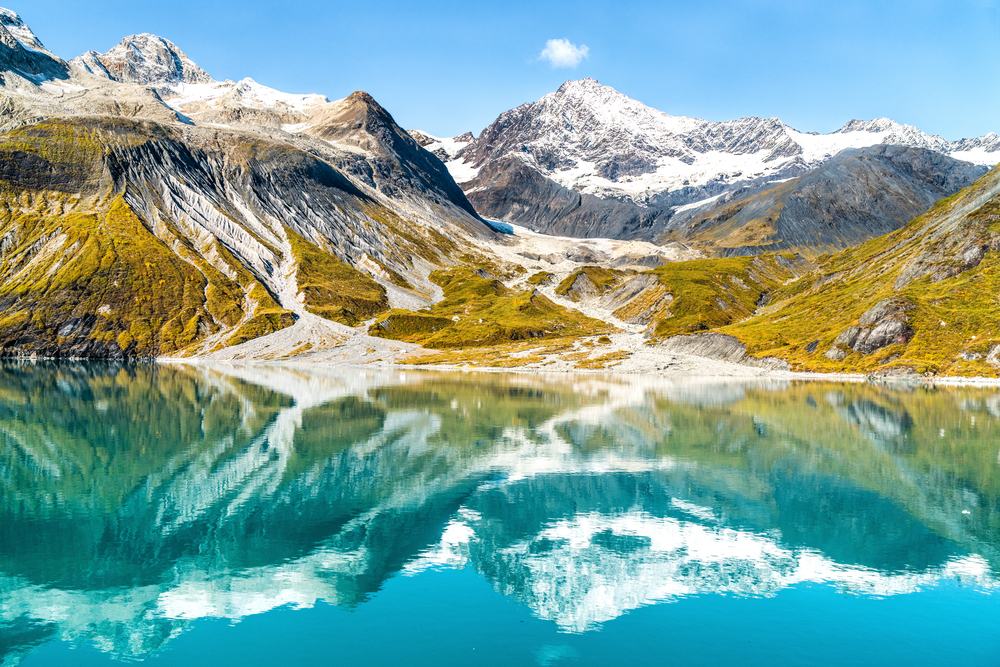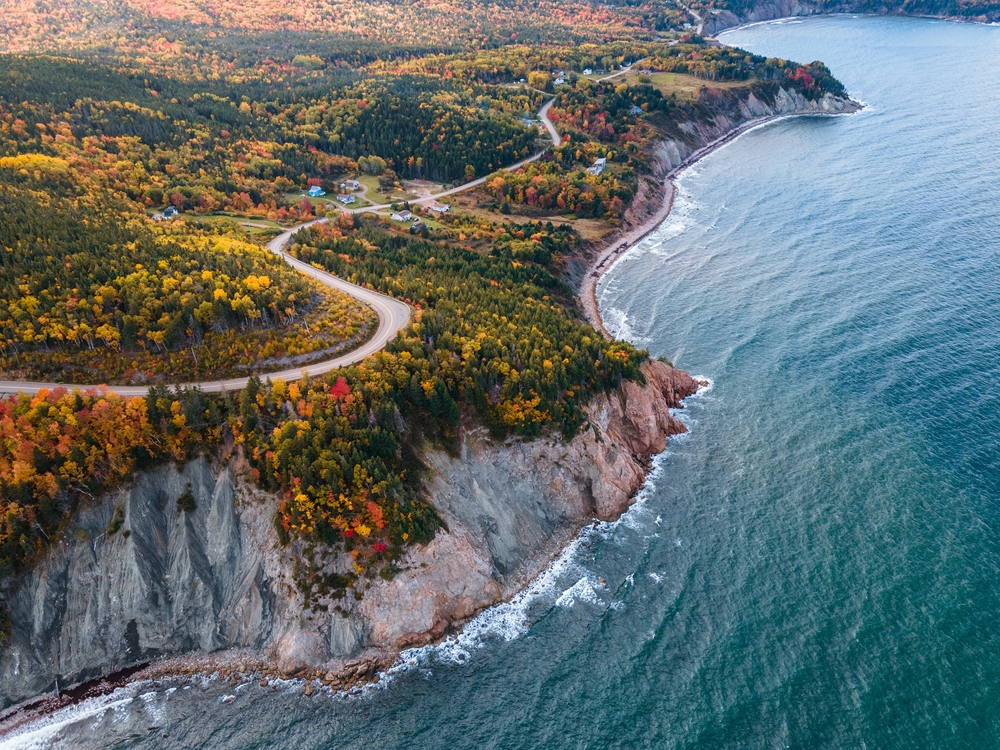Gulf Islands Overview
Gulf Islands National Park Reserve, known in French as Réserve de parc national des Îles-Gulf, is a stunning protected area located in British Columbia, Canada.
Spanning approximately 36 square miles (93 square kilometers), this park reserve is spread across dozens of islands, islets, and reefs in the Salish Sea between Vancouver Island and mainland British Columbia.
The region is known for its breathtaking coastal scenery, rugged shorelines, lush forests, and a diverse range of marine and terrestrial ecosystems. Established in 2003, the park reserve is part of a larger archipelago that has long been a site of human habitation, with Indigenous communities, particularly the Coast Salish peoples, maintaining deep cultural ties to the land and waters.
The terrain of Gulf Islands National Park Reserve is shaped by its coastal environment, featuring rocky shorelines, sandstone cliffs, and forested hills. The islands vary in size and topography, with some featuring rolling meadows and wetlands while others are characterized by steep bluffs and dense forests of Douglas fir, western red cedar, and arbutus trees.
Many of the islands have picturesque coves and bays, creating an idyllic setting for visitors exploring the park by water. The intertidal zones and seagrass beds provide essential habitats for marine life, contributing to the ecological richness of the area.
Wildlife in the park is abundant and diverse, with a mix of land-based and marine species. Visitors may encounter black-tailed deer foraging in the forest, river otters playfully navigating the shores, or raccoons searching for food along the beaches. Marine life includes harbor seals, sea lions, and orcas, which can often be seen swimming through the surrounding waters.
The park is also home to a variety of bird species, including bald eagles, great blue herons, and rhinoceros auklets. The diverse marine environment supports a range of invertebrates and fish, making it a prime location for tide pooling and wildlife observation.
Among the most popular features of the park are its scenic viewpoints, serene beaches, and historic sites. Saturna Island, one of the larger islands within the reserve, boasts Mount Norman, which offers breathtaking panoramic views of the surrounding waters and distant islands.
Sidney Spit, a long sand spit accessible by boat, is a favorite destination for its sandy beaches, tidal flats, and excellent birdwatching opportunities. The park also contains remnants of human history, including Indigenous cultural sites and historic homesteads that reflect the area’s rich heritage.
Visitors to Gulf Islands National Park Reserve can experience the park in numerous ways, whether by land or sea. Kayaking and boating are among the best ways to explore the many islands and coastal features, offering an intimate experience with the park’s stunning marine environment.
Hiking trails provide opportunities to immerse oneself in the lush forests and scenic landscapes, while camping at designated sites allows for extended stays in nature. Wildlife viewing, beachcombing, and snorkeling are also popular activities, with many visitors drawn to the park’s diverse ecosystems.
The park reserve faces several conservation challenges, including habitat degradation, the impacts of climate change, and pressures from increasing tourism. However, Parks Canada and local Indigenous groups have worked together to implement conservation strategies aimed at preserving the park’s ecosystems.
Efforts such as habitat restoration, marine protection initiatives, and sustainable tourism practices have helped maintain the ecological integrity of the park. With continued conservation efforts, Gulf Islands National Park Reserve remains a cherished natural treasure, offering a sanctuary for wildlife and a place of beauty and discovery for visitors.








































































